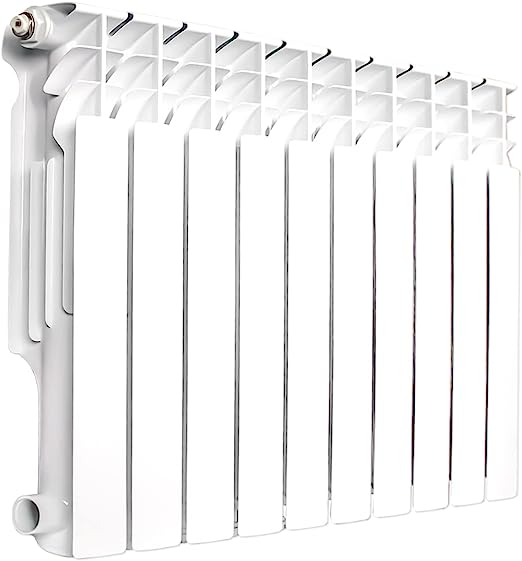Radiant heating is a technology for heating indoor and outdoor areas. Radiant heating consists of “radiant energy” being emitted from a heat source, most commonly a high efficiency boiler. Radiant heating heats a building through radiant heat, rather than other conventional methods including convection heating. The technology has existed since the Roman use of Hypocaust heating.
Under floor radiant heating has long been widespread in China, Korea and all throughout Europe. The heat energy is emitted from a warm element (floor, wall, overhead panel) and warms people and other objects in rooms rather than directly heating the air. The internal air temperature for radiant heated buildings may be lower than for a conventionally heated building to achieve the same level of body comfort (when adjusted so the perceived temperature is actually the same).
Under floor and wall heating systems often are called low-temperature systems. Because their heating surface is much larger than with other systems, a much lower temperature is required to achieve the same level of heat transfer which means lower operating cost for the homeowner in the long run.
Origins
Underfloor heating was first used by the Romans. Initially the preserve of the rich, underfloor heating became increasingly commonplace in public buildings and villas, particularly in the colder regions of the Roman Empire.

In the early 1900s, when the American architect Frank Lloyd Wright was building the Imperial Hotel in Japan, he was invited to the home of a Japanese nobleman. There Wright found a room that was different from typical Japanese rooms, with a warm floor covered with yellow paper—a Korean ondol room. The Japanese gentleman had experienced ondol in Korea and, once back in Japan, had an ondol room built in his house. “The indescribable comfort of being warmed from below” impressed Wright.
Wright decided then and there that ondol was the ideal heating system and began incorporating it in his buildings. Wright invented radiant floor heating, using hot water running through pipes instead of hot air through flues. In Korea, ondol has likewise been adapted to modern technologies and changes in fuel. Modern Korean homes and apartments are built with heating pipes embedded in floors that are typically concrete covered with vinyl or oiled papers. Heated water circulating through the pipes, warmed by a gas or oil boiler, has replaced heated air, minimizing the danger of carbon monoxide poisoning or burns.
Radiant heating is superior to convection methods because warm, buoyant air rises wastefully to the ceiling in convection-heated rooms, warming the upper body (often with some discomfort, particularly to the head) but leaving the lower body cooler.
In contrast, in-floor radiant heating warms the lower part of both the room and the body because when warm air convects from the radiant floor surface, it loses approximately two degrees Celsius at two meters above the floor. This imparts a feeling of natural warmth, since the limbs should ideally be warmer than the head. (The most acceptable indoor climate is one in which the floor temperature ranges between 66°F and 84 °F and the air temperature at head level ranges between 68°F and 75 °F.) The increased “mean radiant temperature” provided by in-floor radiant heating also contributes to thermal comfort.
Hint: If you find that in floor radiant heating is too cost prohibitive for your particular project – Radiators can help cut cost and still provide warm, comfortable radiant heat.
